Q
What is the weel size of Honda City?
The wheel sizes of the Honda Civic vary depending on different models and years. For example, for some 2018 models, such as the 1.5 S and 1.5 E versions, their front and rear tire specifications are 175/65R15, and the spare tire specification is 135/90R15. For 1.5 V and 1.5 Hybrid versions of the 2018 model, the front and rear tire sizes are 185/55R16, and the spare tire specification is also 135/90R15. For later models, among the non - hybrid models from 2020 to 2023, the tire size of some versions is 185/60 R15, while others are 185/55 R16. The front and rear tire specifications of the 2023 Honda Civic 1.5L e:HEV RS and some other related models are 185/55 R16. Wheel size is crucial as it can affect aspects such as the vehicle's handling, ride comfort, and fuel efficiency.
Special Disclaimer: This content is published by users and does not represent the views or position of PCauto.
Related Q&A
Q
What segment does Honda City belong to?
Honda City belongs to the B-Segment vehicle category. It has a wheelbase of 2,600mm, which meets the standard for B-segment cars with a wheelbase ranging from 2,500mm to 2,700mm. Moreover, Honda City offers a comfortable seating space that can accommodate five passengers. Meanwhile, its safety features are also quite comprehensive, all of which match the characteristics of a B-segment car.
Additionally, in the local market over the past few years, as a non-domestic B-segment sedan with high sales volume, the Honda City has always been the brand's flagship model of Honda. Whether it's for daily city commuting or family trips, it can perform very well. It also fits the characteristics of B-segment cars in terms of market positioning and actual usage scenarios.
Q
What is the residual value of Honda City?
The residual value of the Honda Civic can vary significantly due to multiple factors, including the vehicle's age, mileage, overall condition, and the current state of the local used - car market.
Honda is a well - known and highly reputable brand in Malaysia. Generally speaking, since Honda is renowned for its reliability and relatively low maintenance costs, the Honda Civic has a better chance of retaining its value compared to some less well - known brands.
Newer Honda Civic models (such as the 2023 and 2024 versions) may have a relatively high residual value if they are in excellent condition and have low mileage. For example, if a 2023 Honda Civic 1.5 S was purchased for RM 84,900, after one to two years of moderate use (assuming normal wear and tear, no major accidents, and proper maintenance), according to market conditions, it may retain a large portion of its original value, perhaps 60% - 75% of the purchase price.
Older models, like those from 2018 - 2020, will have a lower residual value. The vehicle's age, potentially higher mileage, and the launch of new - generation models will all reduce their value in the used - car market. However, if these older models are well - maintained, they can still be sold at a reasonable price, possibly around 30% - 50% of their original purchase price.
Market demand also plays a crucial role. If there is high demand for used Honda Civics in Malaysia, the residual value will increase. On the contrary, if there is an oversupply of used cars in the market, the residual value may decrease.
Q
What's the engine displacement of Honda City?
The displacement of the Honda City ranges from 1498cc to 1499cc. It is equipped with a 1.5-liter DOHC i-VTEC in-line four-cylinder naturally aspirated gasoline engine. This configuration can provide the vehicle with a stable power output to meet the needs of daily driving. Take the 2023 Honda City as an example. Multiple vehicle models all use this displacement engine, paired with a CVT continuously variable transmission. The official combined fuel consumption is about 5.6L/100km, combining both power and fuel economy. In addition, there may be differences in engine tuning and configuration details among different model years of the Honda City, but the displacement remains at this level.
Q
What engine is equipped by Honda City?
There are various engines equipped by different models of Honda City. Commonly, it is equipped with a 1.5-liter DOHC i-VTEC inline-four naturally aspirated gasoline engine, which delivers an output power of 121 PS (119 hp/89 kW) and a peak torque of 145 Nm, paired with a CVT. Additionally, for example, the 2023 Honda City 1.5L e:HEV RS is HEV, adopting a naturally aspirated intake system. Its engine has a maximum horsepower of 98 PS, and the electric motor has a maximum horsepower of 108 PS. The engines of different model years and specific variants may vary in power, torque and other aspects. The application of engine technology results in different performances of the vehicles in power output and fuel economy, allowing consumers to make choices according to their needs.
Q
What is the gearbox type of Honda City?
The gearbox types of Honda Civic vary depending on the model and year. Most Honda Civic models are equipped with a continuously variable transmission (CVT). This gearbox achieves smooth gear - shifting through a continuously variable gear ratio. Compared with traditional transmissions, it reduces the sense of jerk and allows the engine to operate at its optimal condition, thereby improving fuel economy and the smoothness of power output.
All 2023 Honda Civic 1.5L gasoline - powered models (S/E/V/RS) are equipped with CVT.
The 2023 Civic 1.5L e:HEV RS hybrid model is equipped with an electronic continuously variable transmission (E - CVT). The motor and the engine work together to optimize acceleration smoothness and energy management efficiency.
Older models such as those from 2018 - 2022 also mainly use CVTs, striking a balance between driving comfort and fuel economy.
The characteristics of the CVT make it an ideal choice for urban commuting, especially for users who value smoothness and fuel savings.
Q
What is the pitch circle diameter of Honda City?
The pitch circle diameter of the Honda City is 4x100, which is the standard specification used for most models of Honda in Malaysia, applicable to the 5th generation (2014 - 2020) and 6th generation (2020 to present) models. This measurement indicates that the four bolt holes of the wheel hub are arranged on a circle with a diameter of 100 mm, making it compatible with popular local models such as the Proton Saga and Perodua Myvi, facilitating wheel hub replacement or upgrades for owners.
It is important to note that, in addition to PCD, other parameters such as the center bore (CB), offset value (ET), and wheel diameter must also be verified during modifications. For example, the factory-fitted tire sizes for the 6th-generation Honda City are 185/55 R16 or 195/55 R16 (depending on the variant). It is recommended to maintain specifications close to the original when replacing wheels to ensure the suspension system and odometer calibration remain unaffected.
To verify wheel hub data for specific model years, refer to the tire pressure label on the door frame or consult authorized dealers.
Q
Does Honda City support Apple Carplay?
Currently, the latest generation (the 6th generation, from 2020 to present) of the Honda City sold in Malaysia comes standard with Apple CarPlay functionality (which requires an iPhone to use). Mobile phone connectivity is achieved through the 7 - inch or 8 - inch touchscreen on the center console (depending on the vehicle model version). This feature supports core applications such as navigation, music playback, and message viewing, and can be operated via Siri voice control.
It's important to note that the entry - level S version is equipped with Bluetooth audio and a USB port but does not have a touchscreen, so it does not support CarPlay. On the other hand, the E, V, and RS versions are fully equipped with the intelligent connectivity system.
If users own an older 5th - generation (2014 - 2020) Honda City, they need to confirm whether it is equipped with the compatible DA intelligent screen system (some later minor facelift models support it). Earlier versions may require a post - sales upgrade of the head unit to expand this functionality.
It is recommended to check the specific configurations through the official Honda Malaysia website before purchasing a car, or directly visit an authorized dealer to experience the actual vehicle functions.
Q
What type of tire is equipped by Honda City?
In Malaysia, the original - equipped tire brands of the Honda City vary depending on different models and configurations. Currently, common tires include Yokohama BluEarth - GT (Yokohama), Bridgestone Turanza T005 (Bridgestone), and Continental UC6 (Continental), etc., specifically depending on the model version and production batch.
Taking the 2023 model as an example, the City RS version usually comes standard with Bridgestone Turanza T005 tires in the size of 195/55 R16, which focus on noise reduction and comfort. On the other hand, mid - and low - end models may use Yokohama or Continental tires.
The selection of original tires mainly consider energy efficiency, durability, and wet - weather performance, which is suitable for Malaysia's rainy climate. It is recommended that car owners try to choose brands with the same specifications and similar performance when replacing tires to ensure driving safety and optimal handling performance. To confirm the tire brand of your vehicle, you can check the markings on the tire sidewall or refer to the user manual.
Q
Is Honda City a good car?
The Honda City is a vehicle with many highlights but also some certain drawbacks. Its advantages are quite obvious. In terms of design, it has absorbed the essence of popular Honda models like the Accord and Civic. The exterior is stylish and can meet the aesthetic needs of young consumers. The appearance of some minor facelift models has been optimized. For example, the design of the bumper has been improved, and the combination of the taillights with the rear spoiler makes it look more sporty.
In addition, it has abundant interior configurations. It has an approporiare screen size and armrest design, which enhance the riding comfort and storage space. Some models will also be equipped with wireless CarPlay and a wireless mobile phone charging panel.
It has excellent fuel economy. For instance, the official combined fuel consumption of the 1.5 - liter naturally aspirated engine version is as low as 5.6L/100km, and the hybrid version is even lower, reaching 3.6L/100km. The safety configuration is also relatively comprehensive, with standard features such as ABS anti - lock brakes, vehicle stability control, and multiple airbags.
However, it also has its disadvantages. Some gasoline - powered models use a front disc and rear drum brake system, which may be slightly inferior in braking performance compared to the front and rear disc brakes. Most of the in - car seats are manually adjustable, lacking features such as electric adjustment, ventilation, and heating, so there is a lack in comfort - related configurations.
Q
What is the width of Honda City?
Currently, the body width of the Honda City (6th generation, from 2020 to present) in Malaysia is 1,748 millimeters. This width is a mainstream size among compact cars in the same class (such as the Toyota Vios and Nissan Almera), ensuring both in - car space comfort and good maneuverability during busy city driving. It should be noted that this data refers to the widest part of the car body, excluding the rear - view mirrors. If the width with the exterior rear - view mirrors unfolded is included, the total width is approximately 1,950 millimeters, which has a certain impact when entering or exiting narrow parking spaces or alleys. If you're considering buying or driving a Honda City, it's advisable to first experience whether its body size suits common parking spaces or road conditions in Malaysia, especially in traffic - congested areas like Kuala Lumpur.
Latest Q&A
Q
Which is better? BMW X1 vs X2?
Both the BMW X1 and X2 fall under BMW's compact SUV lineup, but they carve out distinct identities in terms of design and positioning, catering to different needs of Malaysian buyers. The X1 leans heavily into practicality and space. It's got a larger footprint, offering more legroom for rear passengers and a roomier boot – ideal for families or folks who regularly need to haul stuff around.
The X2, on the other hand, is all about that sporty vibe. It sits lower to the ground, boasts a sleeker, more contemporary look, and delivers sharper, more agile handling. This one's for the younger crowd who value individuality and driving excitement.
Under the hood, both offer similar engine choices, including efficient turbocharged petrol and diesel units, though the X2 might get a slightly sportier tune. Tech-wise, you'll find BMW's latest iDrive system and driver assistance features in both, though exact specs can vary depending on the model year and local market specifications.
When it comes to Malaysian roads, the X1's slightly higher ground clearance gives it a tiny edge in terms of rough-road capability, while the X2 feels right at home zipping around the city.
So, the advice? Choose based on what matters most to you. If space and everyday usability are top priorities, the X1 is your bet. If you're after a sportier aesthetic and a more engaging drive, then the X2 should be on your shortlist. Either way, you're getting BMW's signature build quality and driving dynamics, plus both hold their value well in Malaysia and benefit from a solid after-sales network.
Q
How much is BMW X2?
In Malaysia, the BMW X2's pricing varies depending on the trim and specs. Right now, the entry-level sDrive20i M Sport starts at around RM258,800, while the high-performance X2 M35i xDrive goes for approximately RM358,800. Keep in mind, these figures can shift based on optional extras, ongoing promotions, or individual dealer policies across different regions.
Slotting into the luxury compact SUV segment, the X2 blends sporty styling with everyday practicality. Under the hood, you'll find a 2.0-liter turbocharged engine – 192 hp for the sDrive20i and a punchy 306 hp for the M35i. Standard kit includes the M Sport package, a panoramic sunroof, and BMW's iDrive infotainment system, to name a few highlights.
For Malaysian buyers, the X2's nimble dimensions make it ideal for city driving, without skimping on that signature BMW driving pleasure. A quick heads-up: locally assembled (CKD) models might come with tax advantages, so it's smart to hit up your nearest authorized dealer for the latest quotes and to book a test drive.
In the same class, you're looking at rivals like the Mercedes-Benz GLA and Audi Q3, but the X2 stands out with its more distinctive, coupe-like SUV vibe. If your budget's a bit tighter, the BMW X1 is worth a look too – it shares similar tech but prioritizes extra interior space for those who need it.
Q
What is the difference between BMW X1 and X2?
While both the BMW X1 and X2 fall under BMW's compact SUV lineup, they carve out distinct identities when it comes to design, positioning, and driving feel. The X1 goes for a more traditional SUV vibe, sitting taller on its wheels and offering more generous passenger and boot space – a solid pick for family-oriented folks who value practicality. The X2, on the other hand, leans into that crossover look; it's lower-slung with sportier lines, all about driving fun and making a personal style statement, which hits the mark for younger buyers chasing something trendy and dynamic.
Over in the Malaysian market, both models come with a range of powertrains, including efficient petrol and diesel engines. But the X2 typically gets a sportier tune, with a firmer chassis setup to match. Inside, the X1 prioritizes functionality, while the X2 ups the ante on design details to highlight its more individualistic character. Price-wise, the X2 usually commands a slight premium over the X1, reflecting its more niche appeal.
For Malaysian customers, if you're regularly hauling family or luggage, the X1 makes more practical sense. If, however, driving engagement and standing out from the crowd are higher on your list, the X2 will likely be more alluring. Both stay true to BMW's control heritage, just striking different balances between space and style – it really boils down to what matters most for your lifestyle.
Q
How much is a Ford Mustang?
In Malaysia, the price of a Ford Mustang can vary depending on the model year, specifications, and import duties. Right now, new Mustangs typically range from around RM450,000 to RM600,000, with the exact figure depending on the variant you go for—like the EcoBoost (2.3L turbocharged) or the GT (5.0L naturally aspirated V8). As a classic American muscle car, the Mustang has always been a hit with enthusiasts thanks to its iconic design and gutsy performance, making it a solid pick for Malaysian drivers who crave a bit of personality in their ride.
It’s worth keeping in mind that importing a car here means factoring in extra costs like tariffs, sales tax, and insurance, all of which add up to the final on-the-road price. If you’re open to a used model, you’ll find better deals in the secondhand market, but make sure you thoroughly check the car’s condition and service history before committing.
While the Mustang remains a niche choice locally, its strong brand reputation and sheer driving excitement help it carve out a spot in the performance car scene. If you want heads turning and that rush of raw power under your right foot, this pony car is definitely one to shortlist.
Q
How much to replace a transmission of 2006 Ford Mustang ?
If you need to replace the transmission in a 2006 Ford Mustang here in Malaysia, you're looking at a ballpark cost of around RM6,000 to RM15,000. The final price tag really hinges on a few things: whether it's a manual or automatic gearbox, if you go for a brand-new OEM unit versus a remanufactured or used one, and of course, the labor rates at the shop you choose. New factory transmissions will hit your wallet harder, but going the reman or second-hand route can definitely bring those costs down. I’d strongly advise getting quotes from multiple workshops and making sure you’re clear on the warranty terms before pulling the trigger.
One thing to keep in mind: if you ignore transmission issues, they can snowball into bigger problems—think damaged clutches or driveline components—so addressing them early saves you from costlier repairs later. Regular transmission fluid changes (every 60,000 to 100,000 km) are also key to keeping that gearbox happy and extending its life. If you start noticing delayed shifts, strange noises, or fluid leaks, don’t wait around—get it checked out ASAP. And since we’re talking about an older American ride, it’s worth tracking down a technician who knows these models well to ensure parts compatibility isn’t an issue.
View MoreRelated News
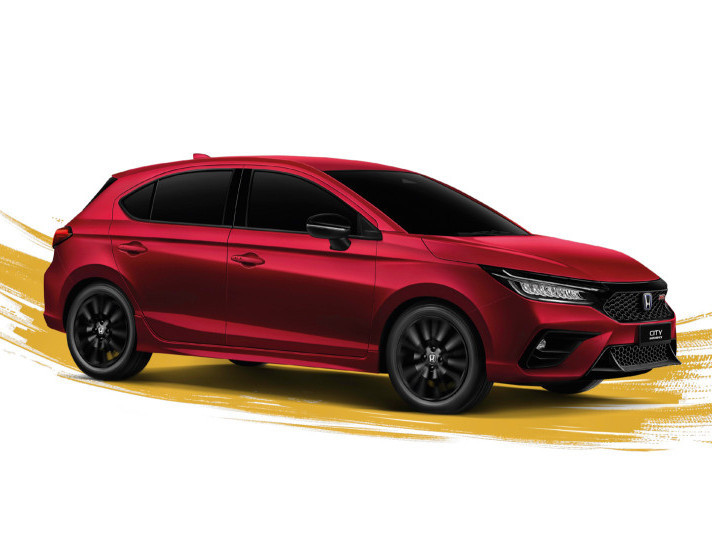
Honda City Hatchback Interior: Surprising Space Inside a Compact Body
WilliamJul 16, 2025
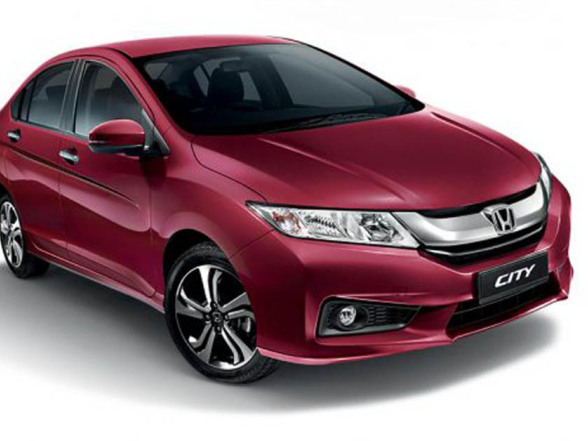
Should You Buy a Used Honda City GM6? – Get Idea Here!
RobertJun 23, 2025
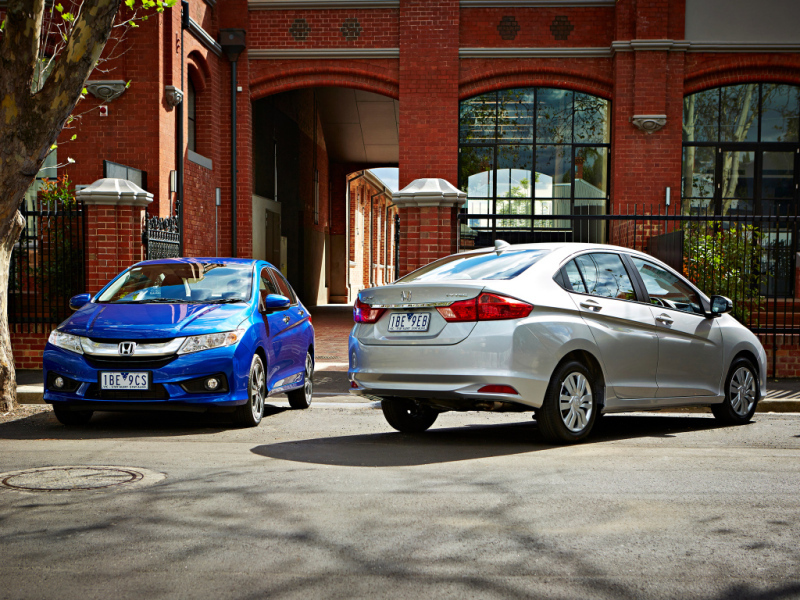
Is it worth buying a used Honda City GM7?
LienMar 7, 2025
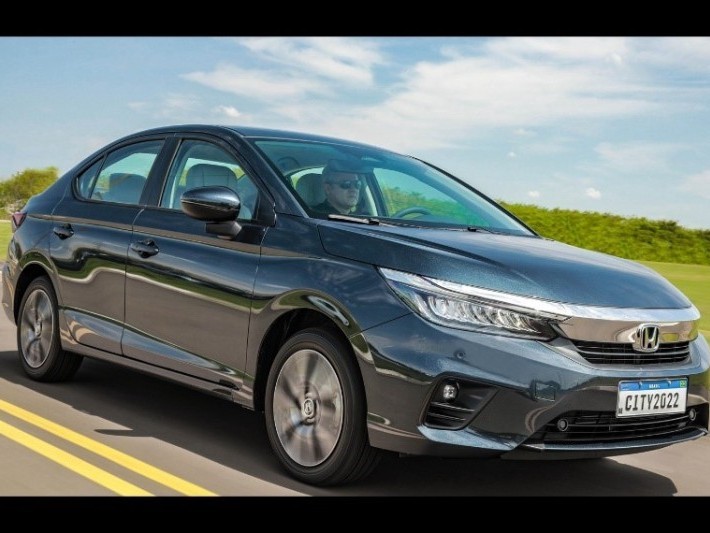
Limited to 99 units! Honda City SE Special Edition goes on sale, accused of clearing inventory?
LienSep 27, 2024
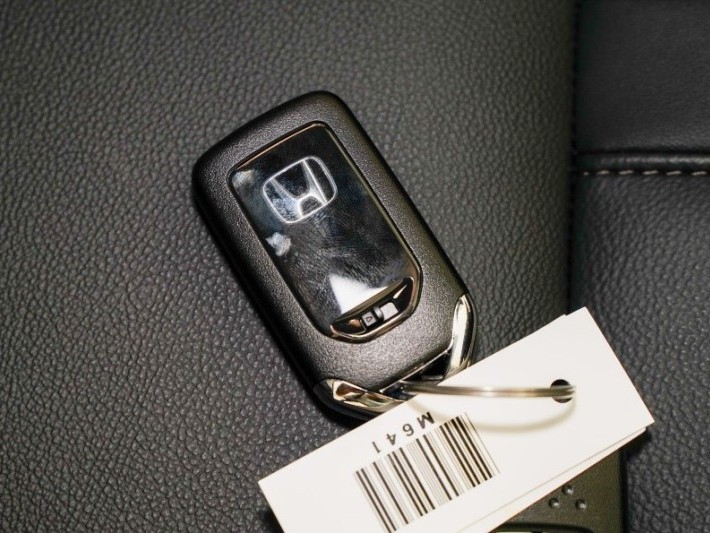
The cost of using Honda City revealed: How much does it actually cost to use for 5 years?
Kevin WongSep 19, 2024
View More












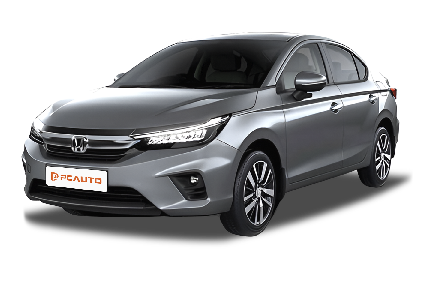
 Cars
Cars




Pros
Cons